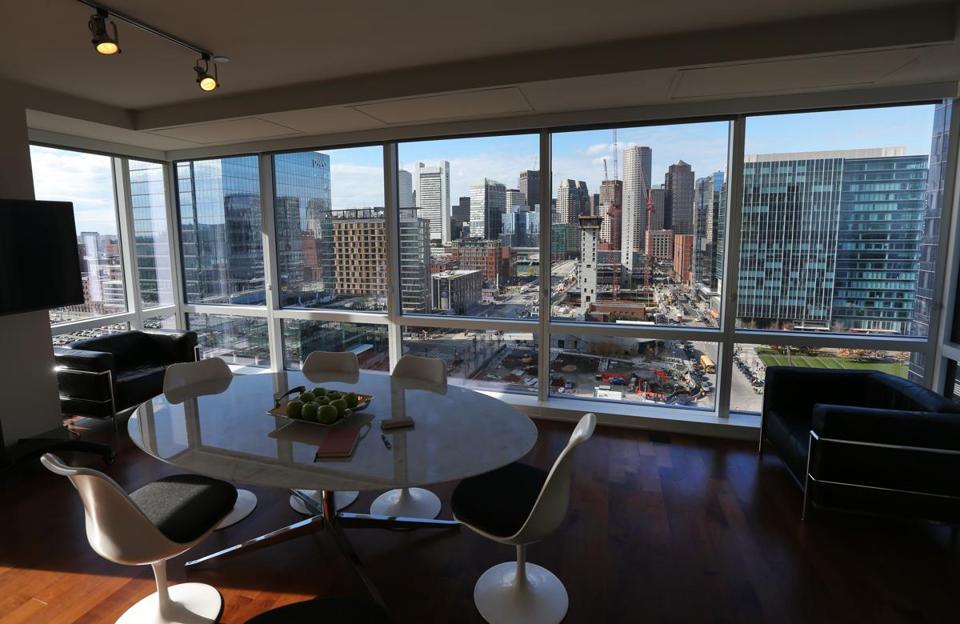From her home in an artists’ cooperative building on A Street, Valerie Burns watched the dramatic changes that transformed the South Boston Waterfront over the past three decades.
The cleanup of the harbor. The vast convention center. The Big Dig. And then, after the Great Recession, all the construction, and the new offices it brought.
But to Burns, this mosaic is still missing something. There are no schools, no library. It’s hard to find a place to play soccer or baseball. And the biggest problem Burns sees? There simply aren’t enough neighbors.
“The housing has been slow to come and seems to be, at this point, nowhere in balance with the office uses,” Burns said.
Yes, there are more than 2,000 housing units in the Seaport now, nearly double the amount that existed five years ago, with many more on the way. But as the 620-acre area enters a major phase of construction, longstanding questions remain about the role housing plays in the city’s waterfront evolution.
Many longtime residents, however, say it still doesn’t feel like a fully functioning neighborhood.
^^^^^^^^^^^^^^^^^^^^^^^^^^^^^^^^^^
Note from Storm: If you’ve read my “Primer“, you’ll understand why I say that one of the most common mistakes made in large urban redevelopments is “backwards” strategies. Leaders see that revitalized places have lots of restaurants, retail, and offices, and assume that their presence caused the place to revitalize.
The fact is that residents drive retail. A resident can wait a lot longer for a hardware store than a hardware store can wait for customers. Retail is a symptom of revitalization: seldom its cause. Residents attract retail, and retail attracts offices. But the Seaport redevelopment seems to be doing it bass-ackwards, at least to some degree.

